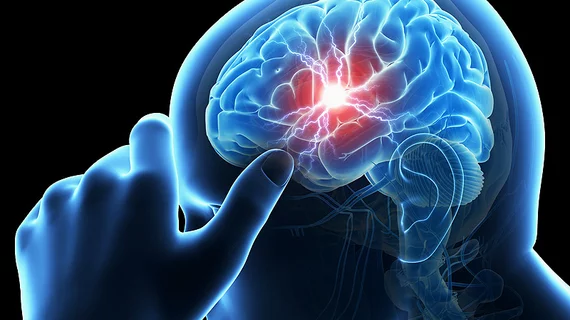AI spots 18% more stroke patients eligible for treatment compared to radiologists
A new convolutional neural network model accurately detected 18% more stroke patients eligible for treatment compared to radiologists, according to new data presented Tuesday.
Treating acute ischemic stroke is heavily reliant on when an individual first starts to experience symptoms. If they fall within a crucial 4.5-hour window, they’re typically qualified to receive intravenous thrombolysis treatment.
For 1 in 5 stroke patients, however, this timeframe remains unknown, Jennifer Polson, MS, a PhD student in the Computational Diagnostics Lab at UCLA, explained during a scientific session at RSNA’s annual meeting.
Researchers have tried to establish other markers, such as lesion differences between diffusion-weighted and fluid-attenuated inversion recovery images, also known as DWI-FLAIR mismatch.
Prior investigations, such as the 2018 WAKE-UP trial, have shown this method works, but may still exclude some patients.
“Mismatch is subject to reader variability and it has been proposed that mismatch may still be too strict when considering patients who may benefit from thrombolytic treatment,” Polson added.
With this in mind, the team retrospectively gathered data on 422 patients, average age of 70, who suffered an ischemic stroke between 2011 and 2019.
They trained both a 2D slice-based convolutional neural network and a 3D volumetric-specific CNN to classify stroke cases within the 4.5-hour window.
The most accurate CNNs were compared to three DWI-FLAIR mismatch readings performed by three UCLA neuroradiologists, as well as a top-of-the-line machine learning model. Overall, the 2D network topped all other methods, even when tested on an external dataset.
“Our deep learning method had the highest sensitivity across patients and was correctly able to identify 18% more eligible patients than the radiologist readings,” she explained.
Because of the relationship between time-to-symptom onset and DWI-FLAIR mismatch, Polson noted, more research will be needed to validate these findings.

